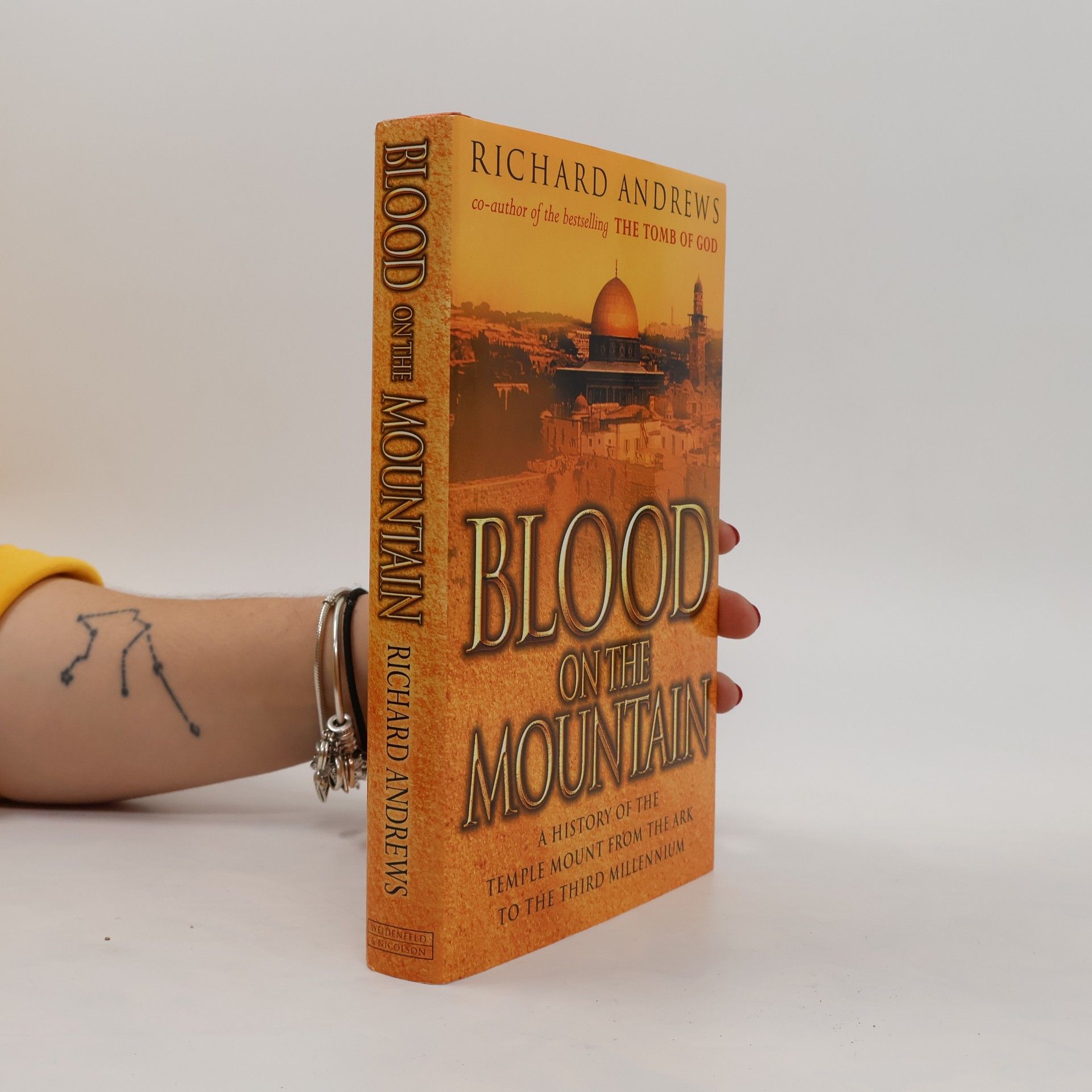A Theory of Contemporary Rhetoric
- 226 pages
- 8 hours of reading
The book presents a comprehensive theory of contemporary rhetoric, contrasting it with classical approaches. It integrates various themes such as political literary criticism, multilingualism, and multimodality, while addressing literacy in the digital era and the blurred lines between fiction and non-fiction. Each chapter delves into specific aspects of rhetoric, supported by practical illustrations that enhance understanding. The discussions aim to connect theoretical concepts with real-world applications in the communication arts.





